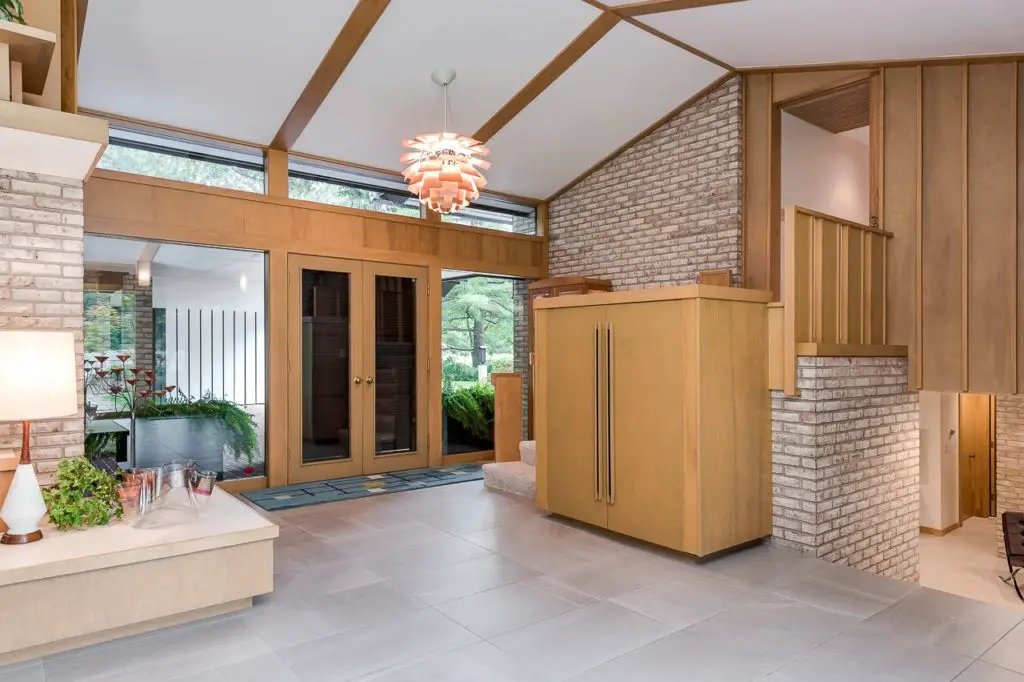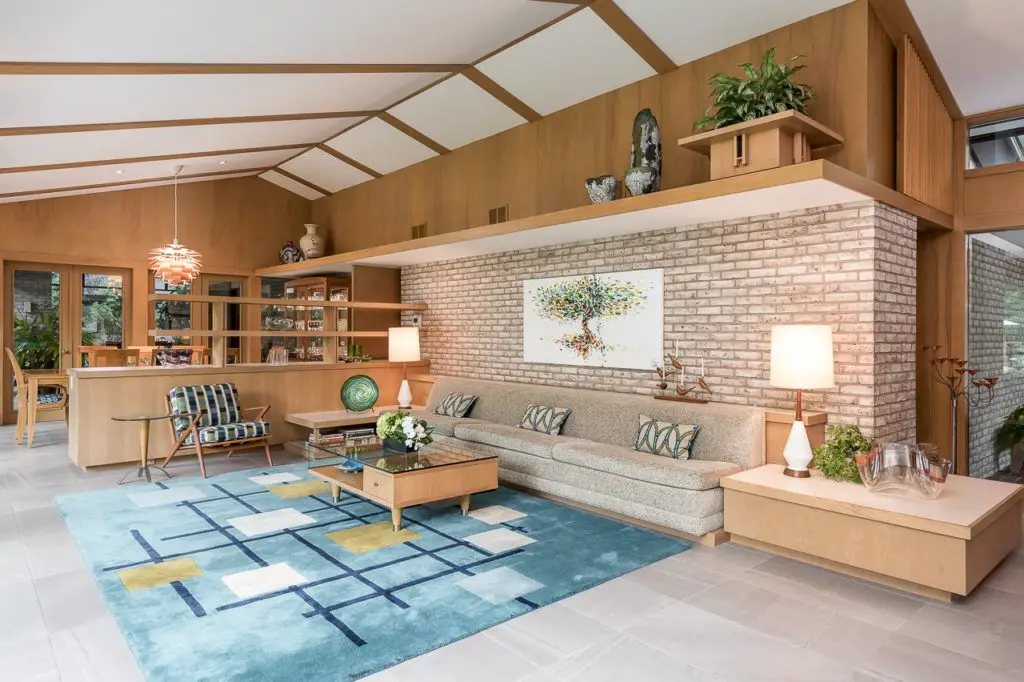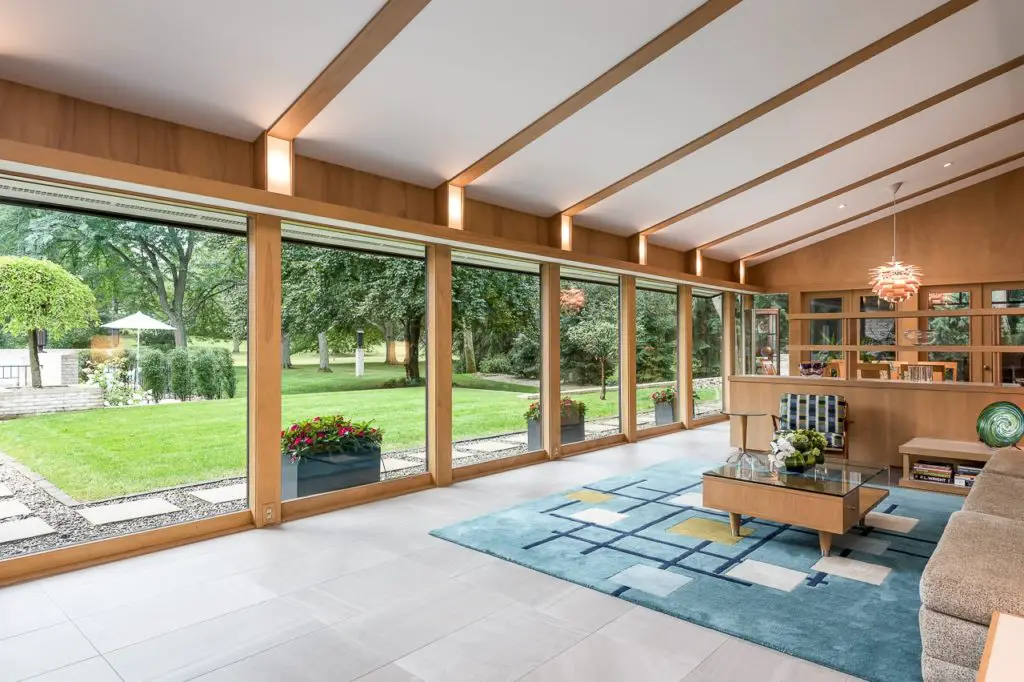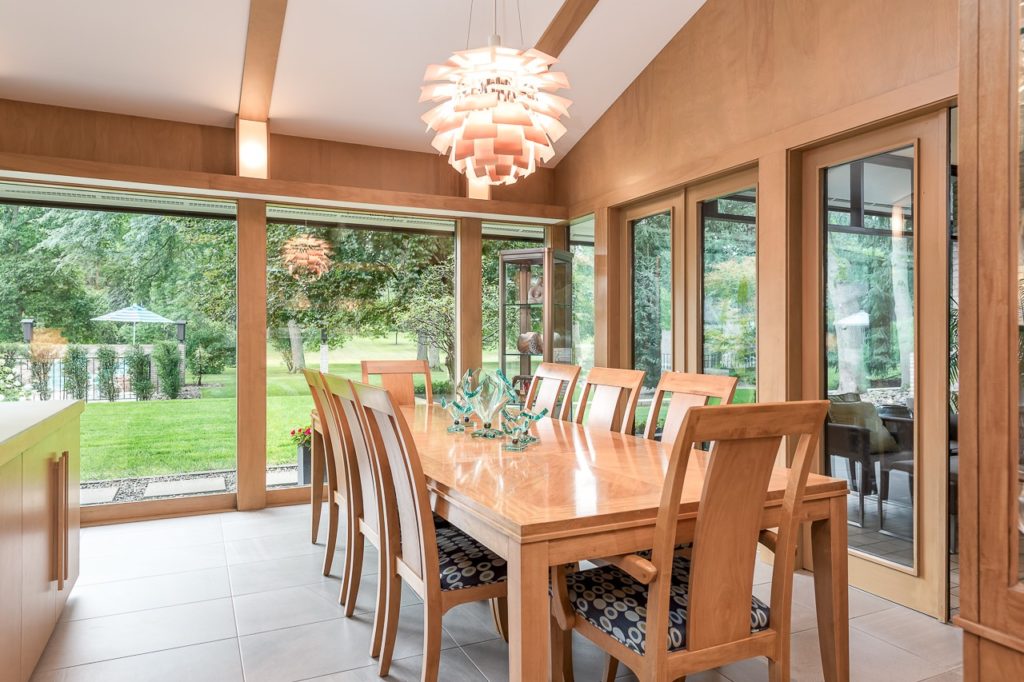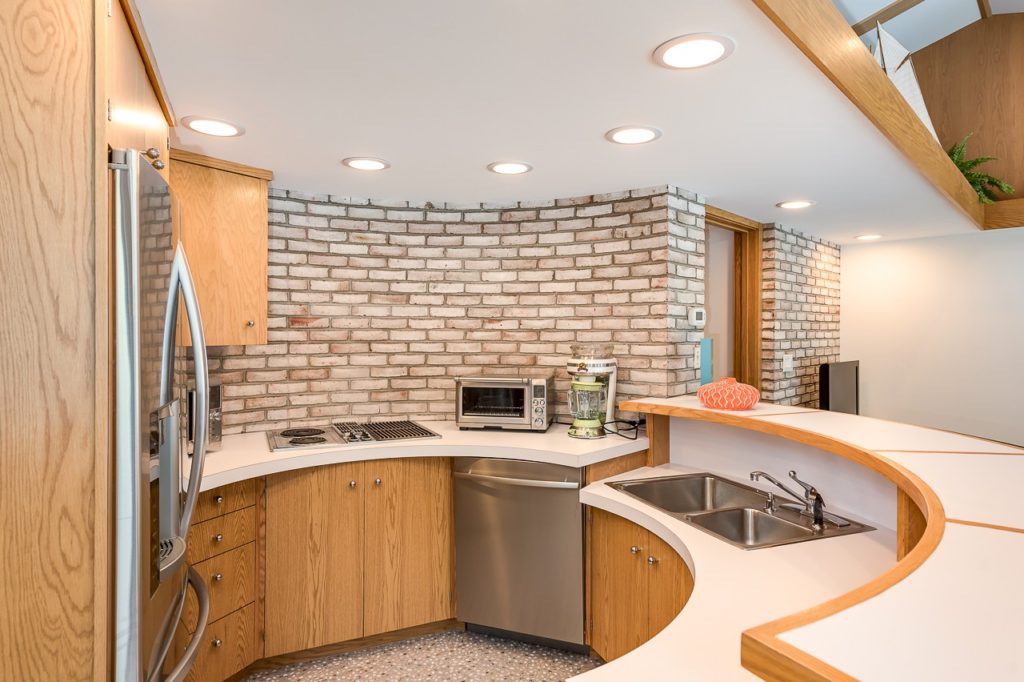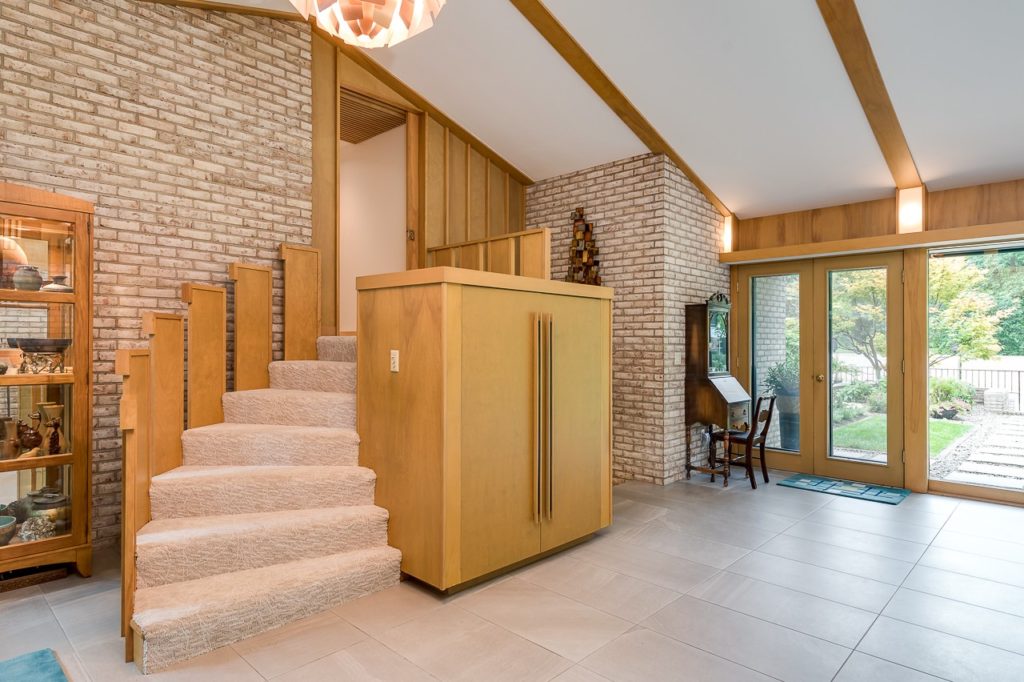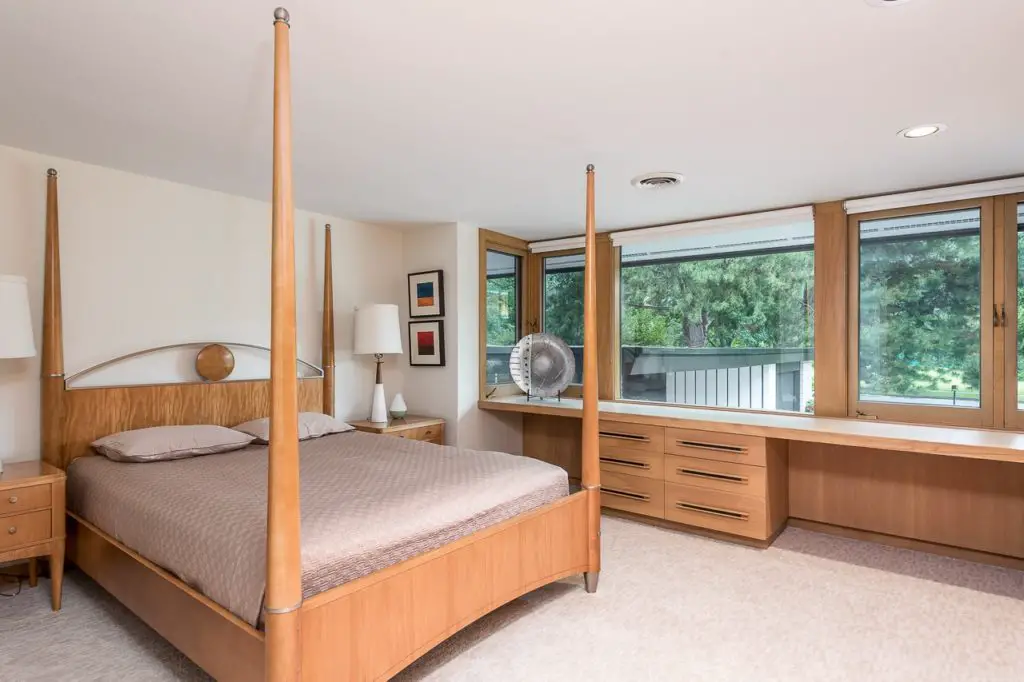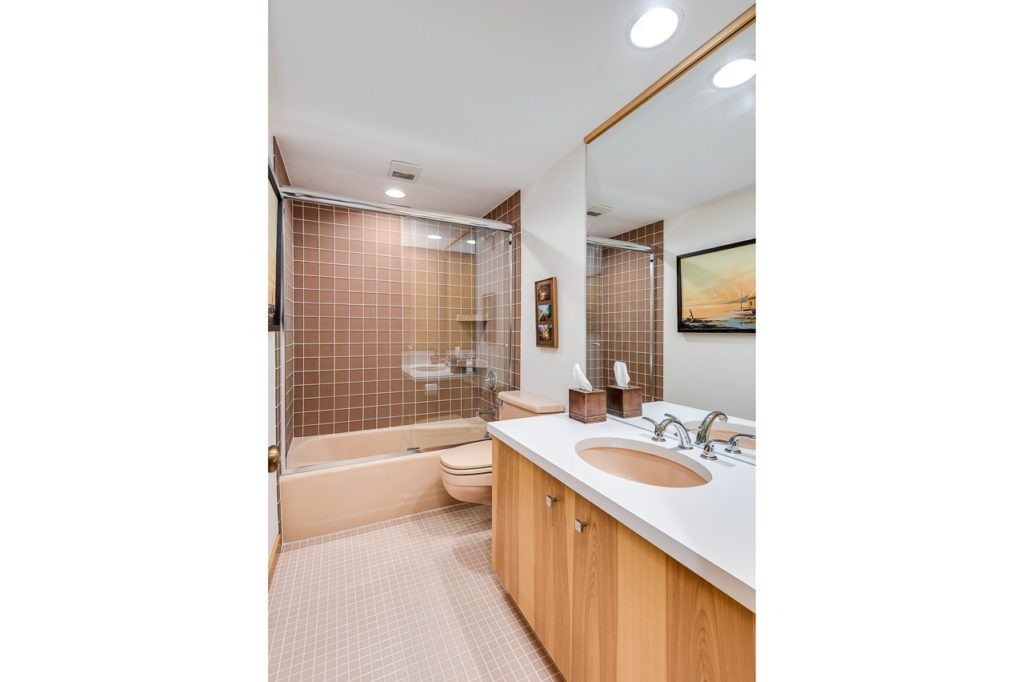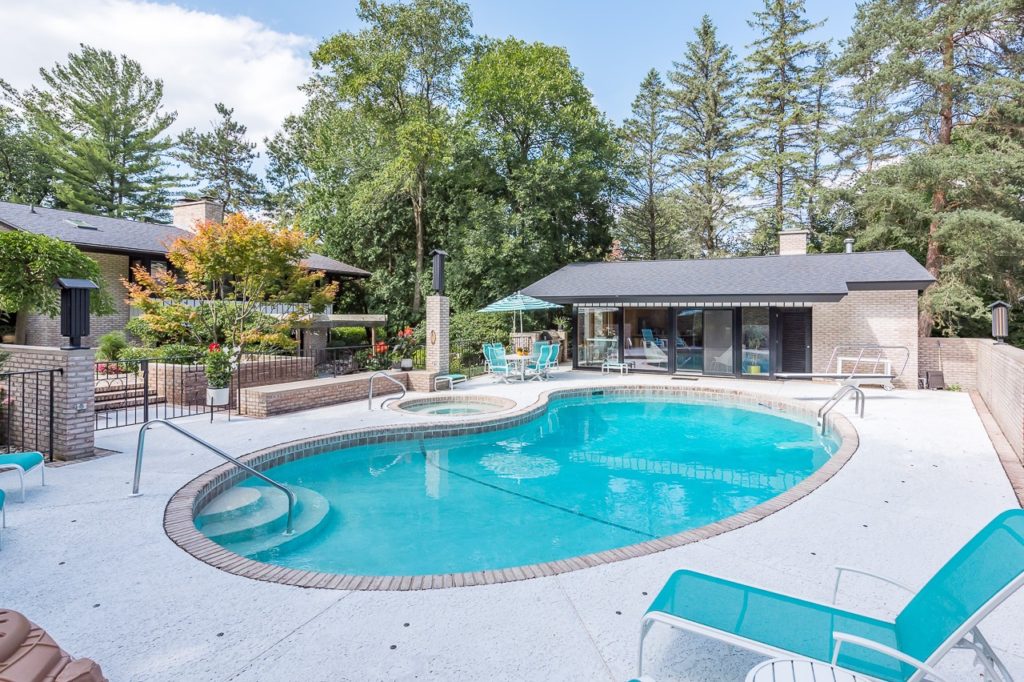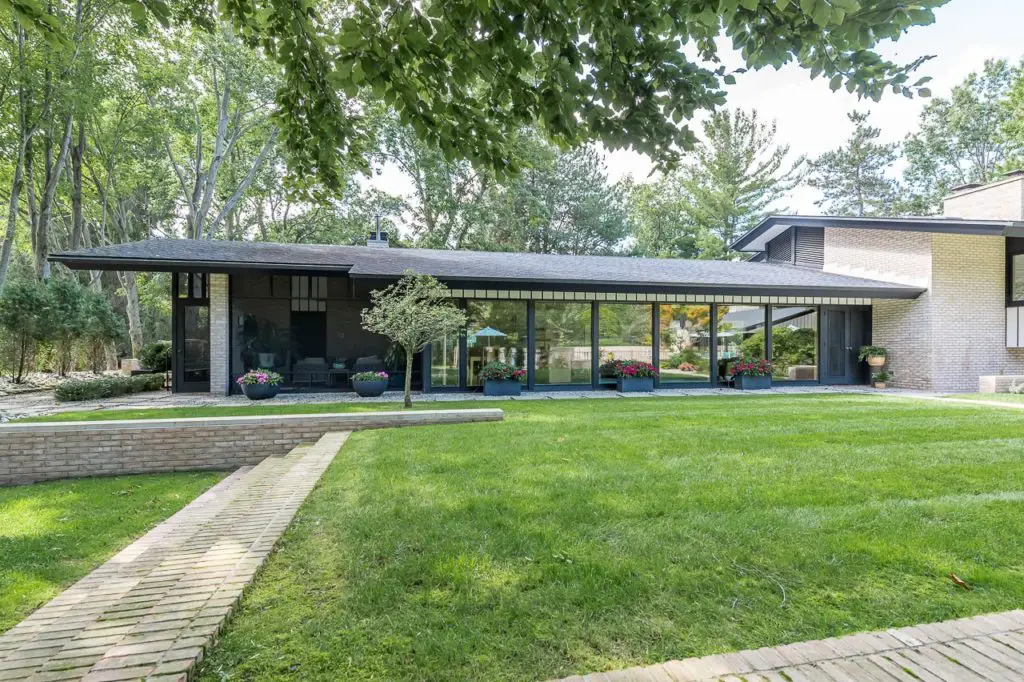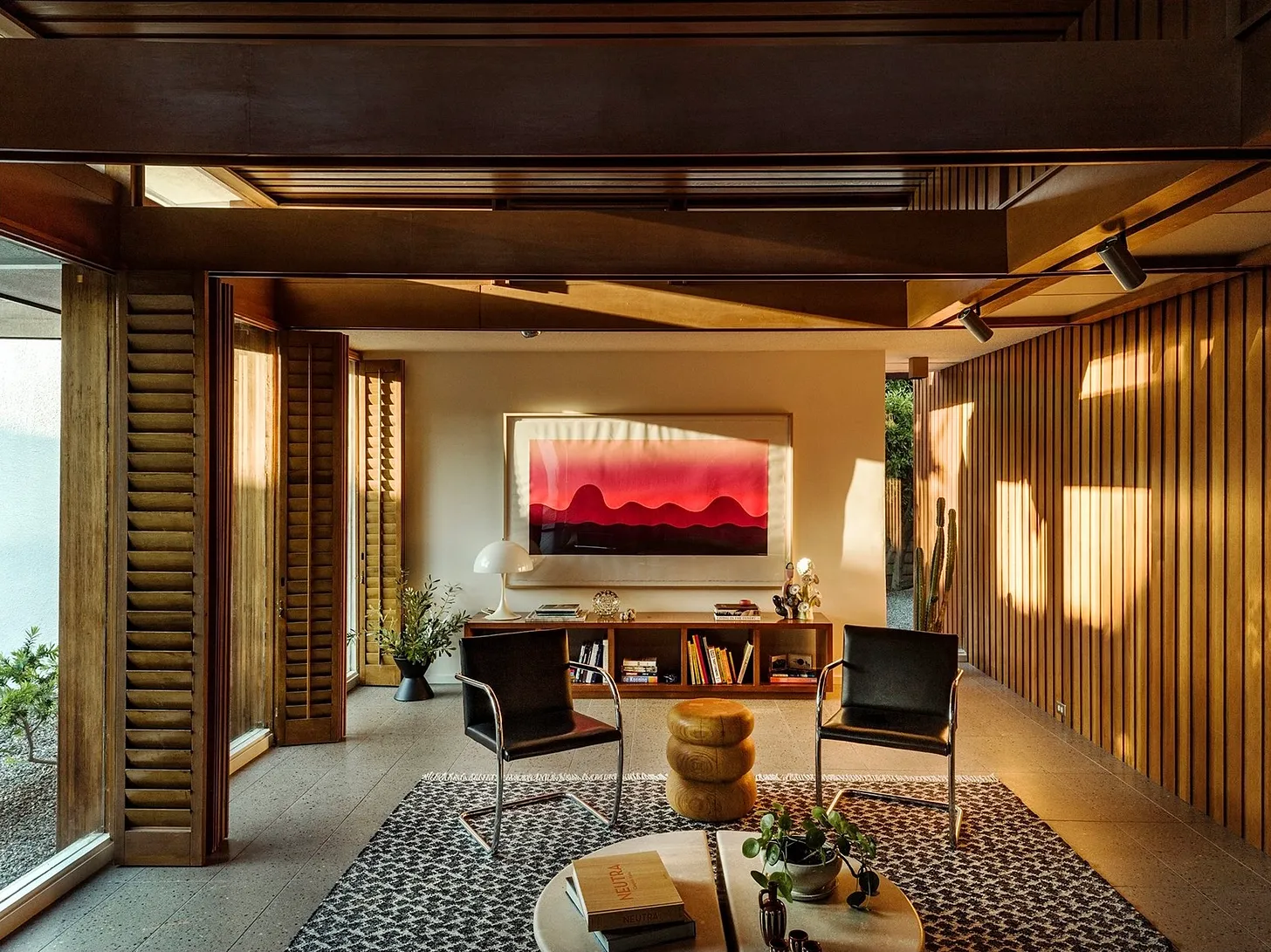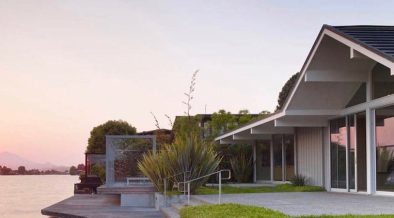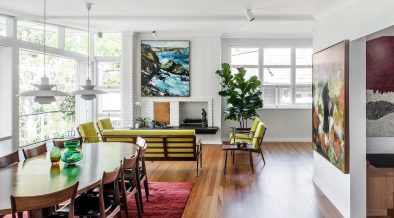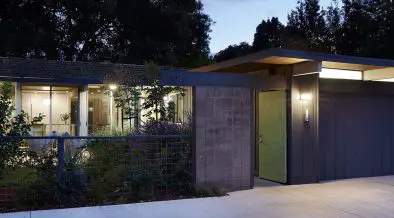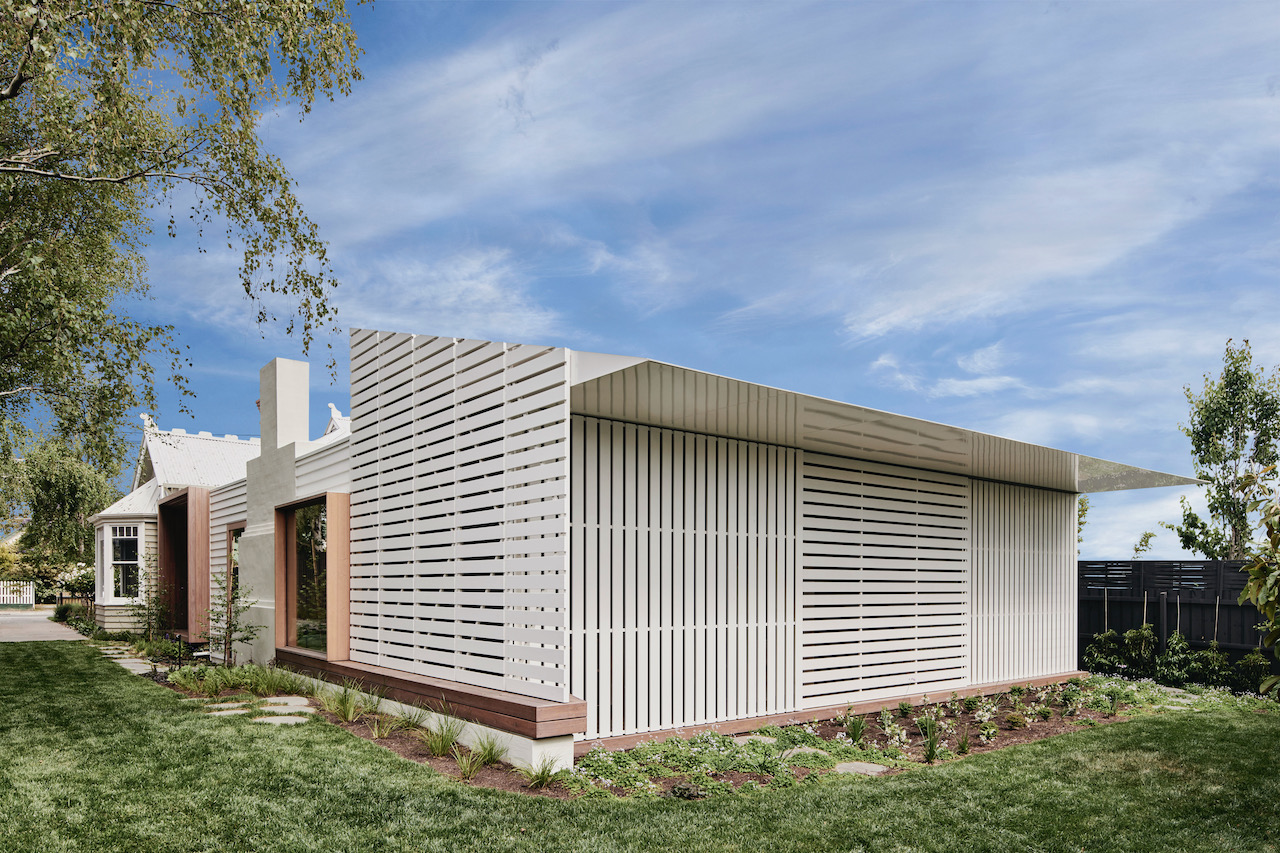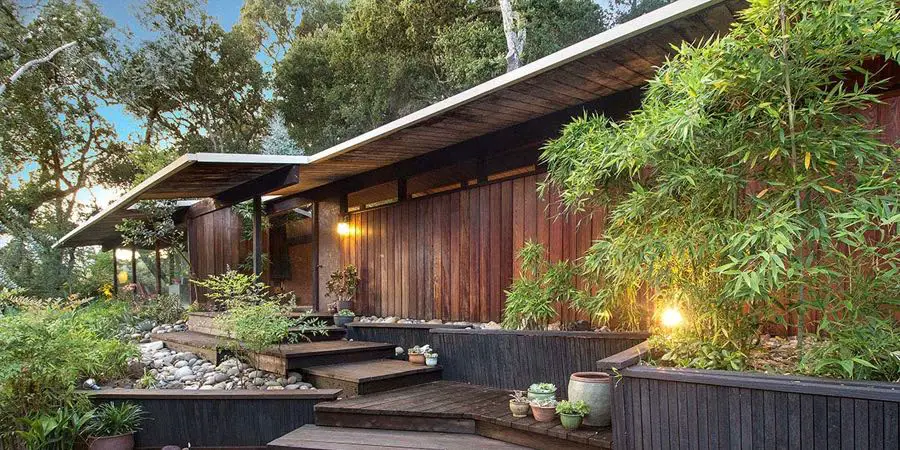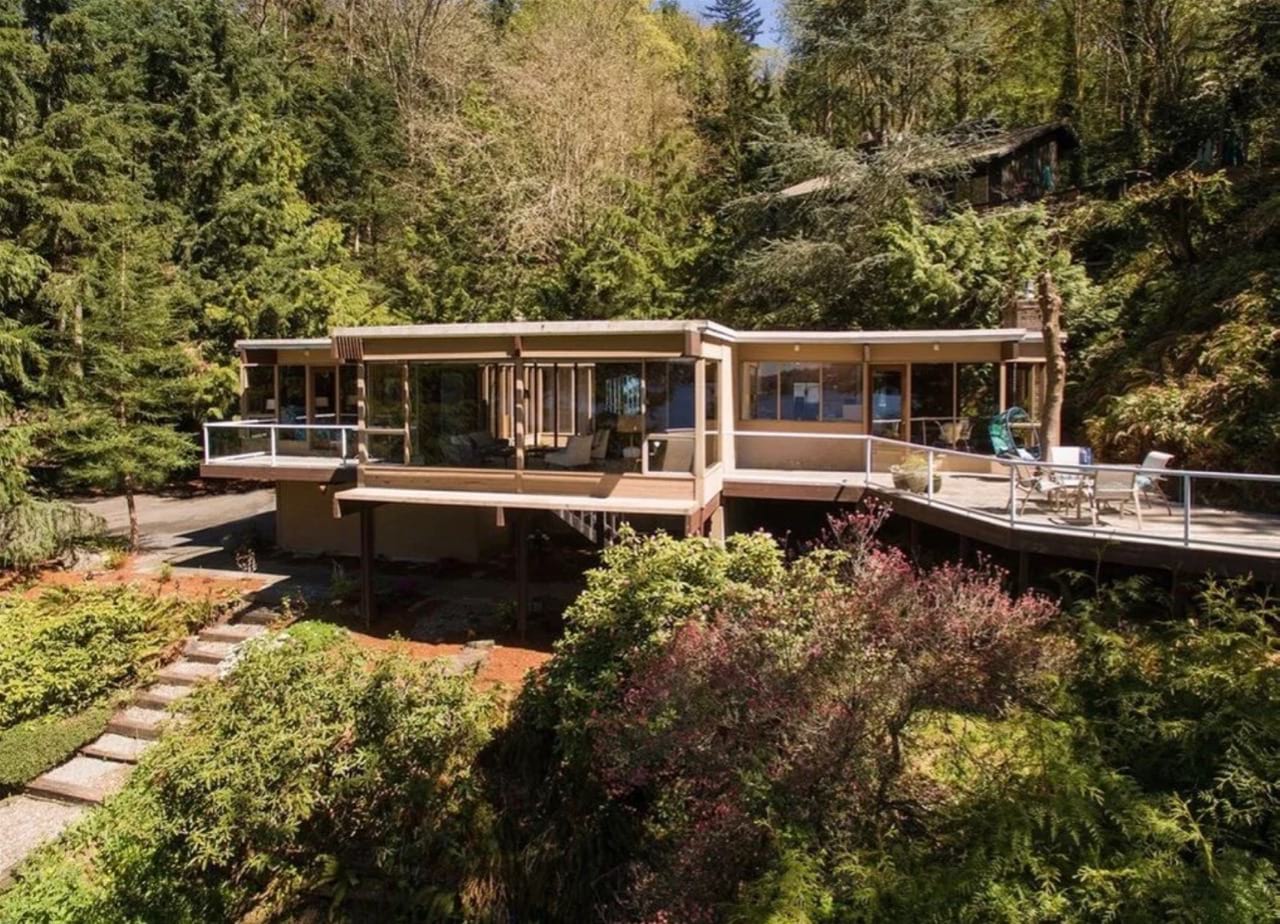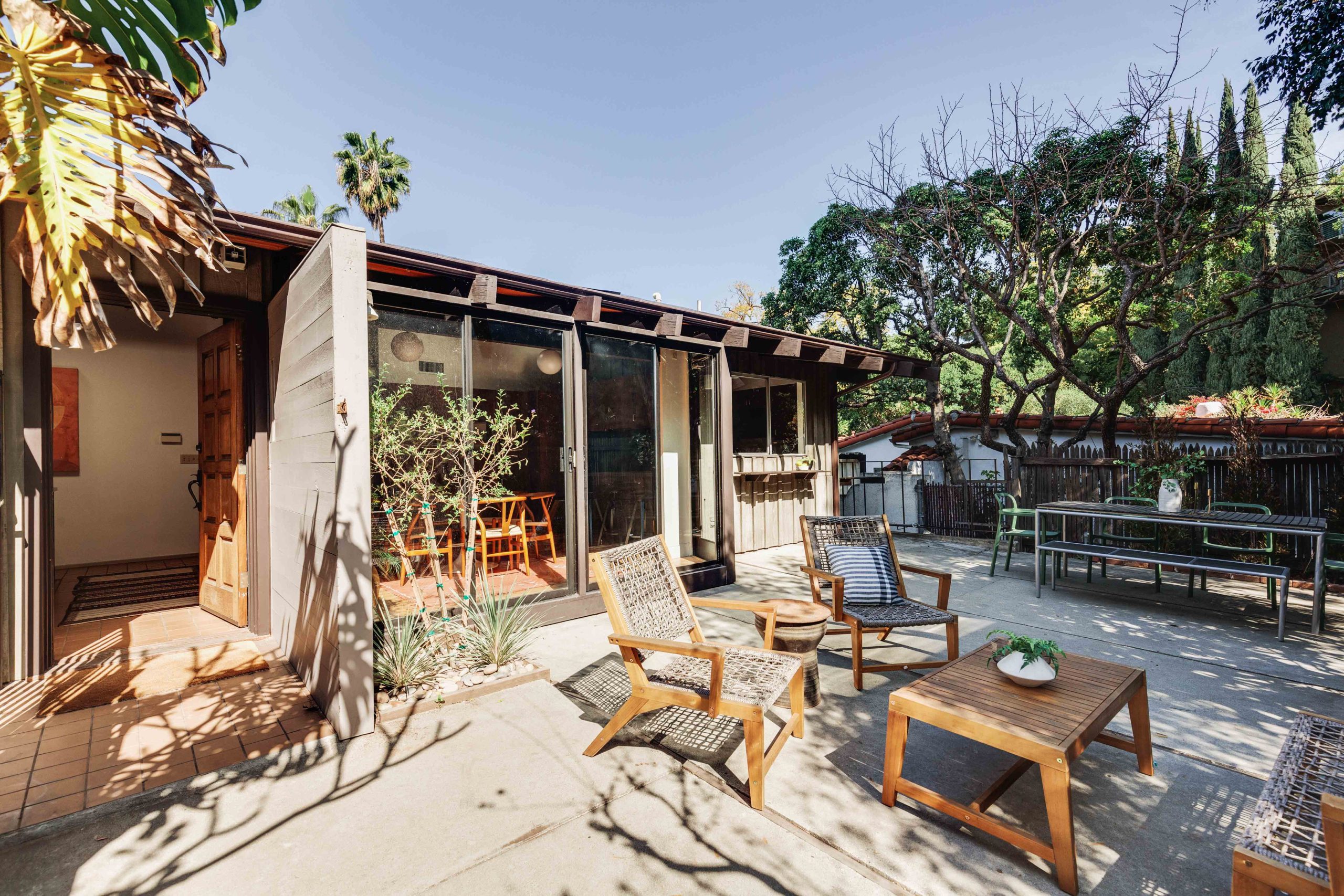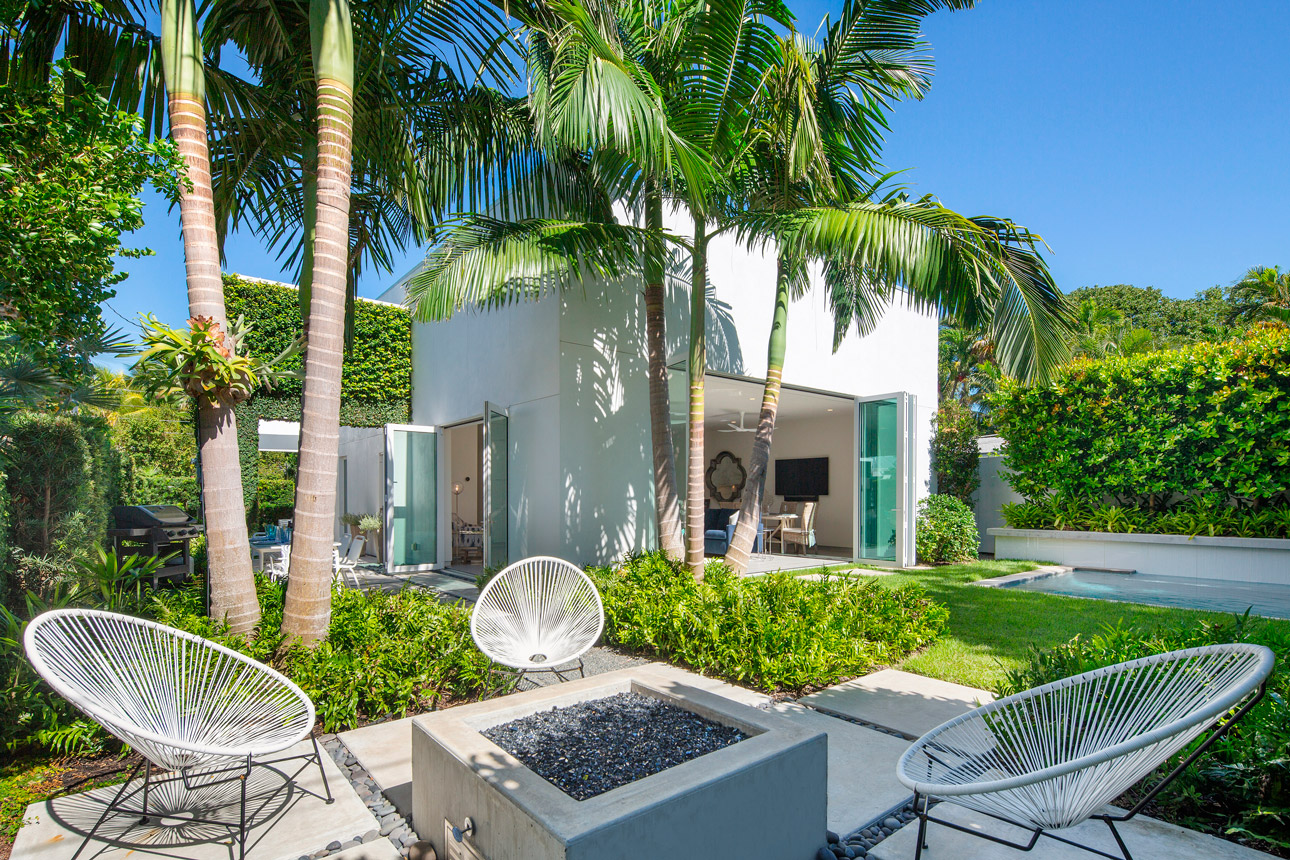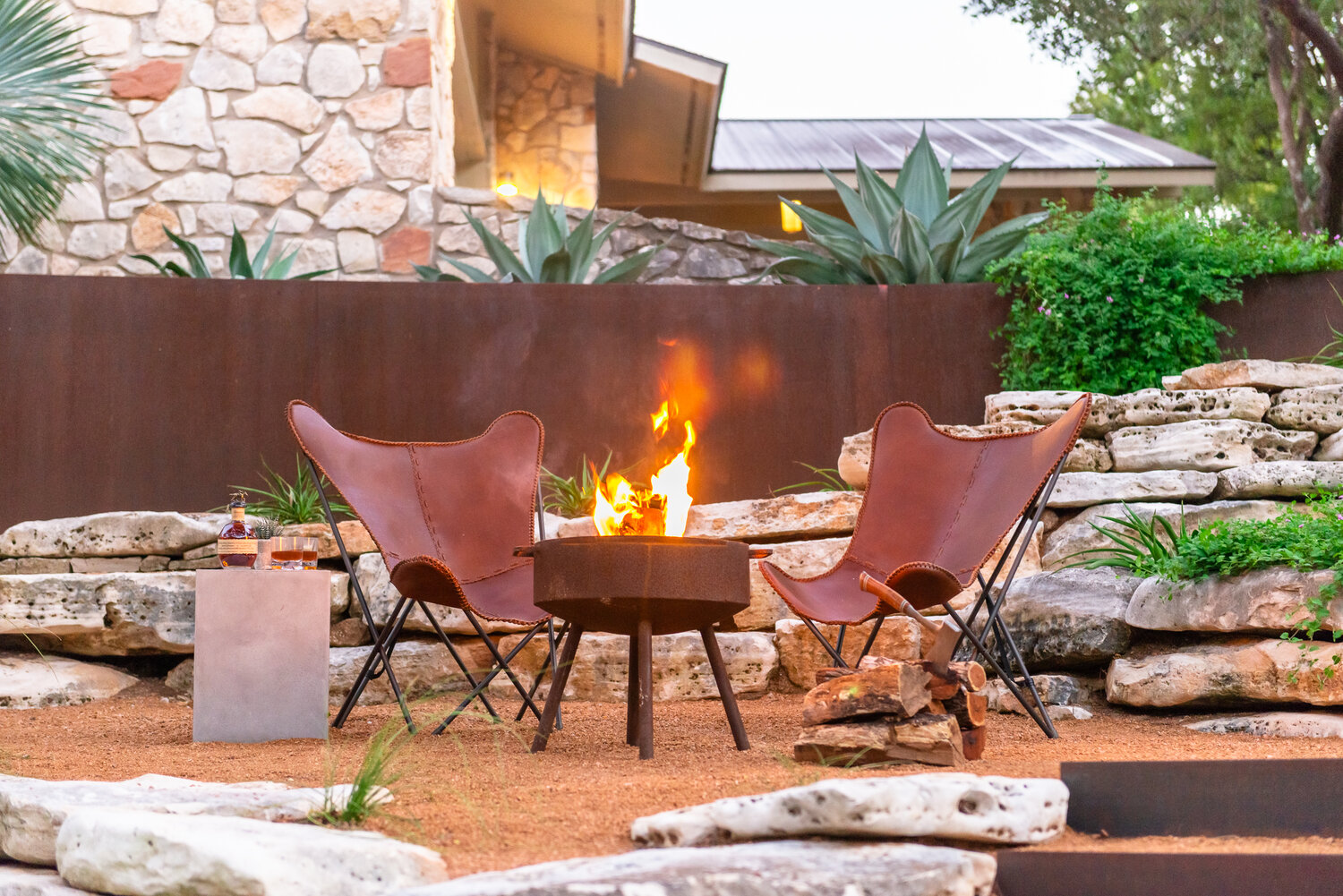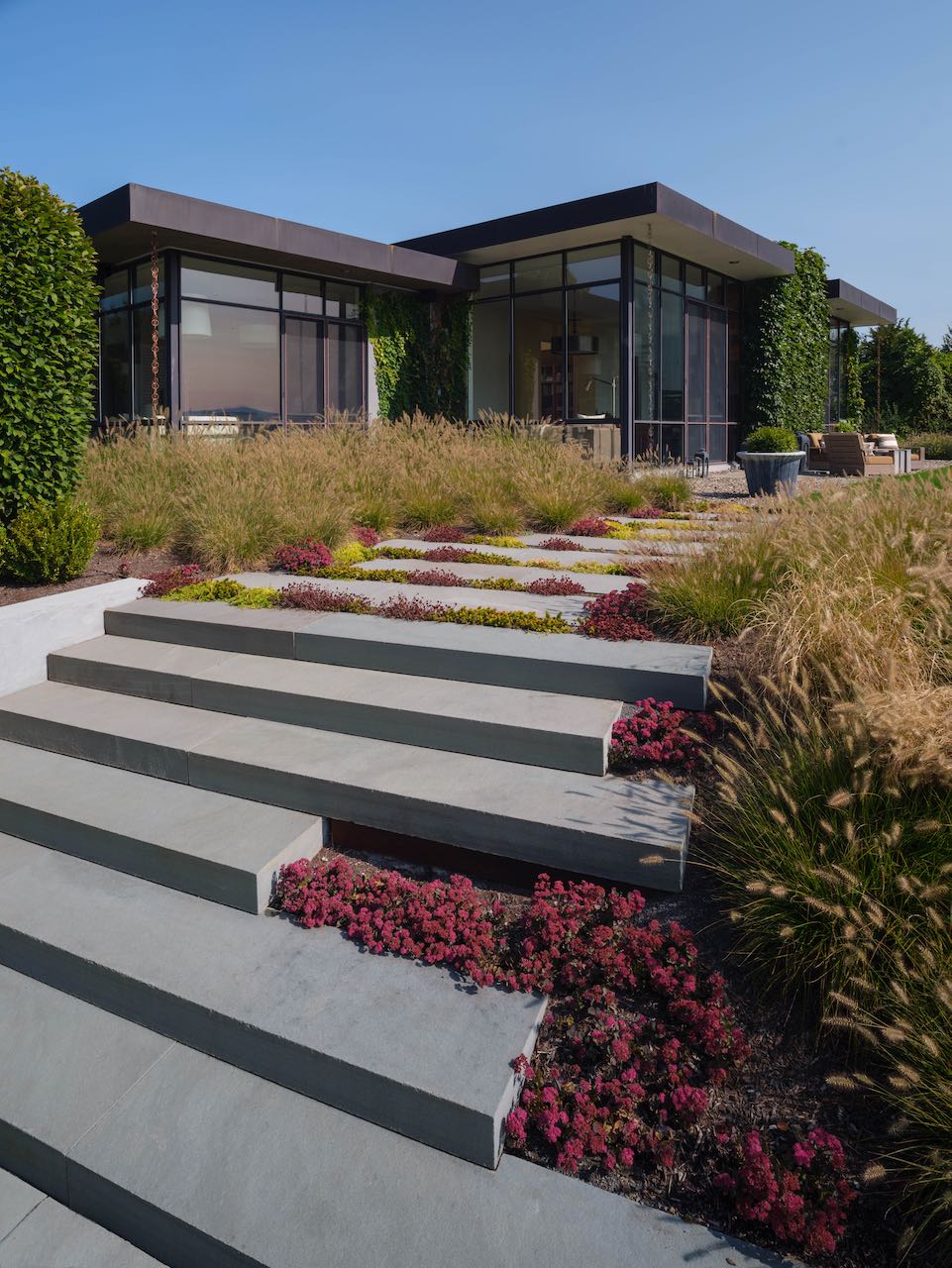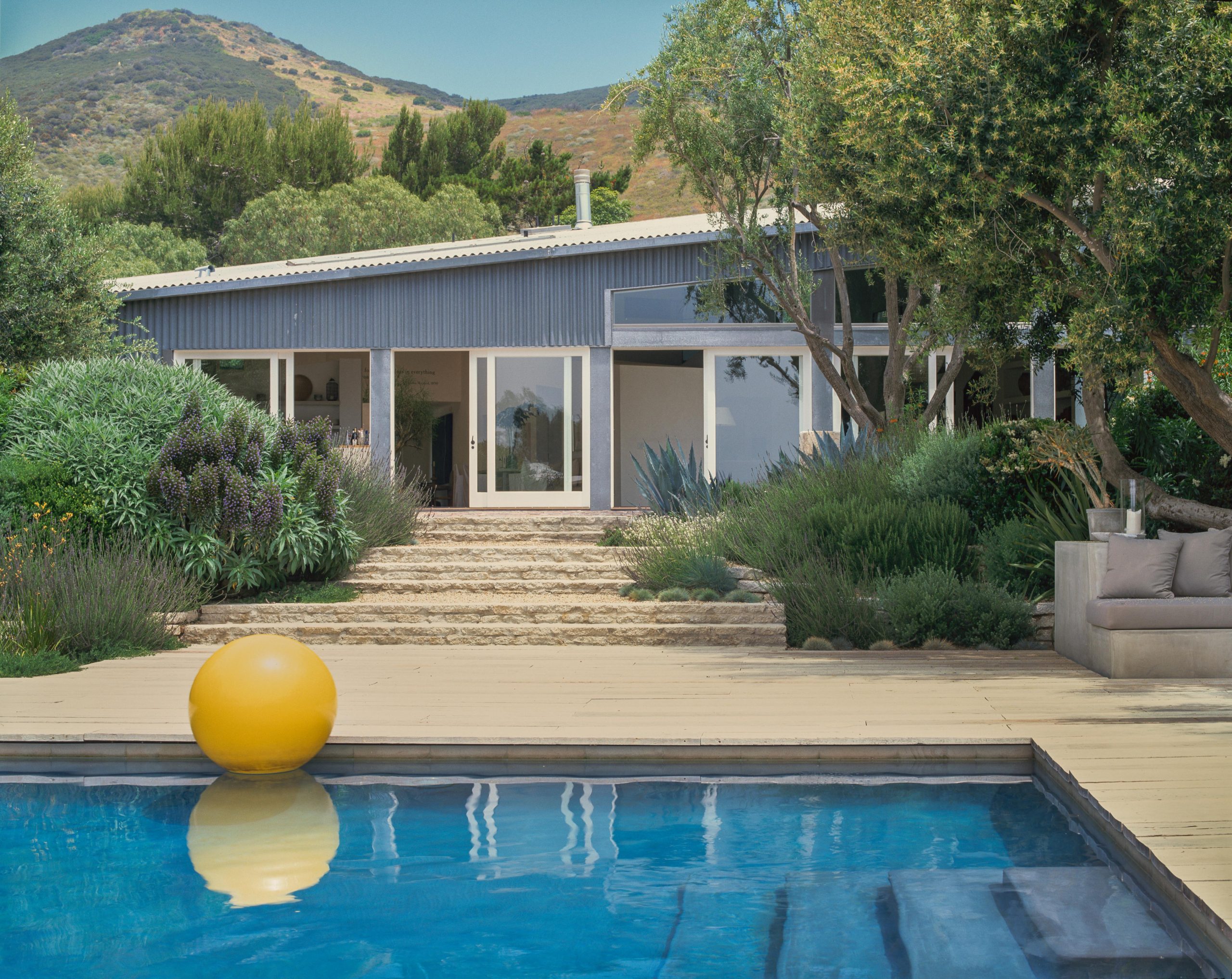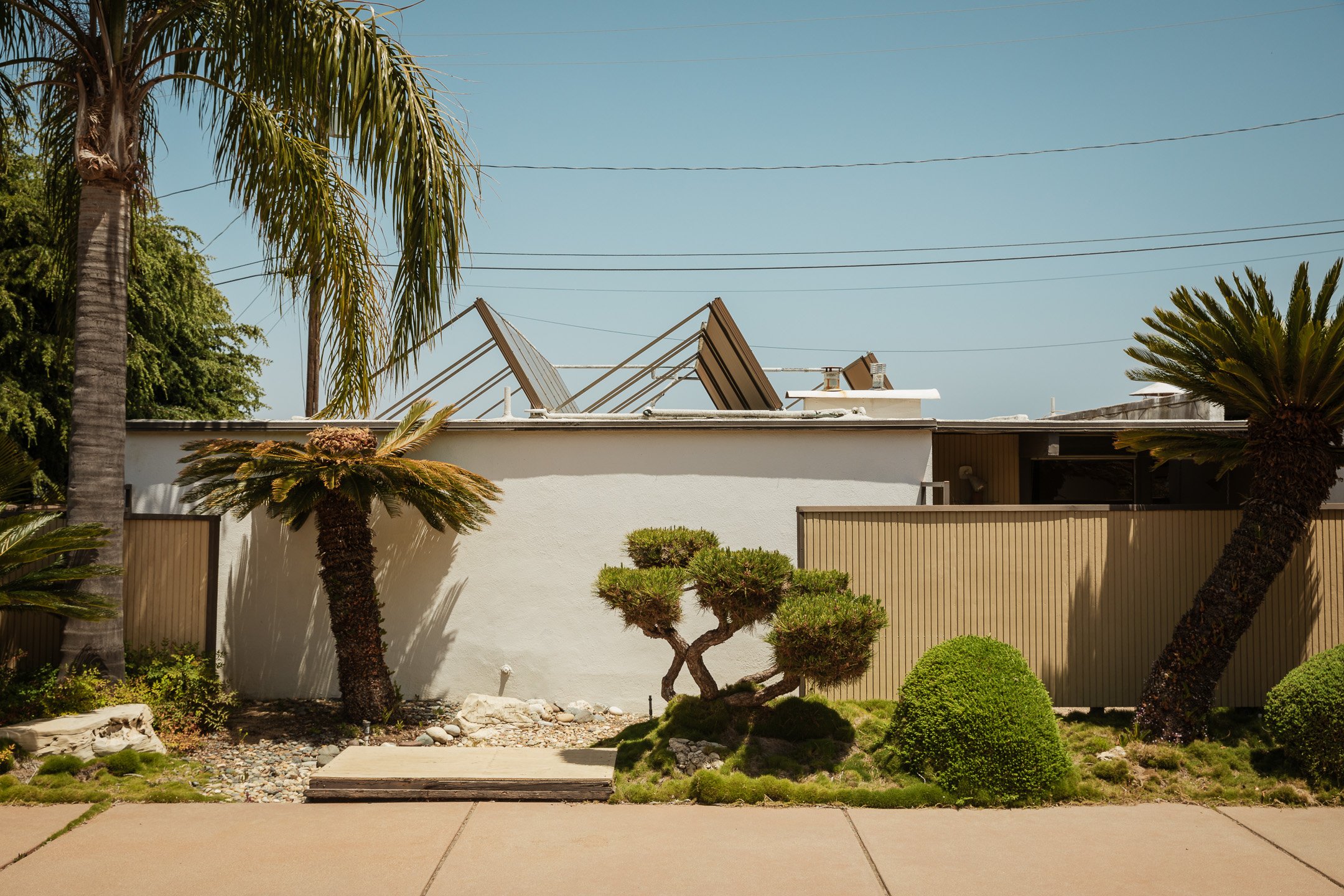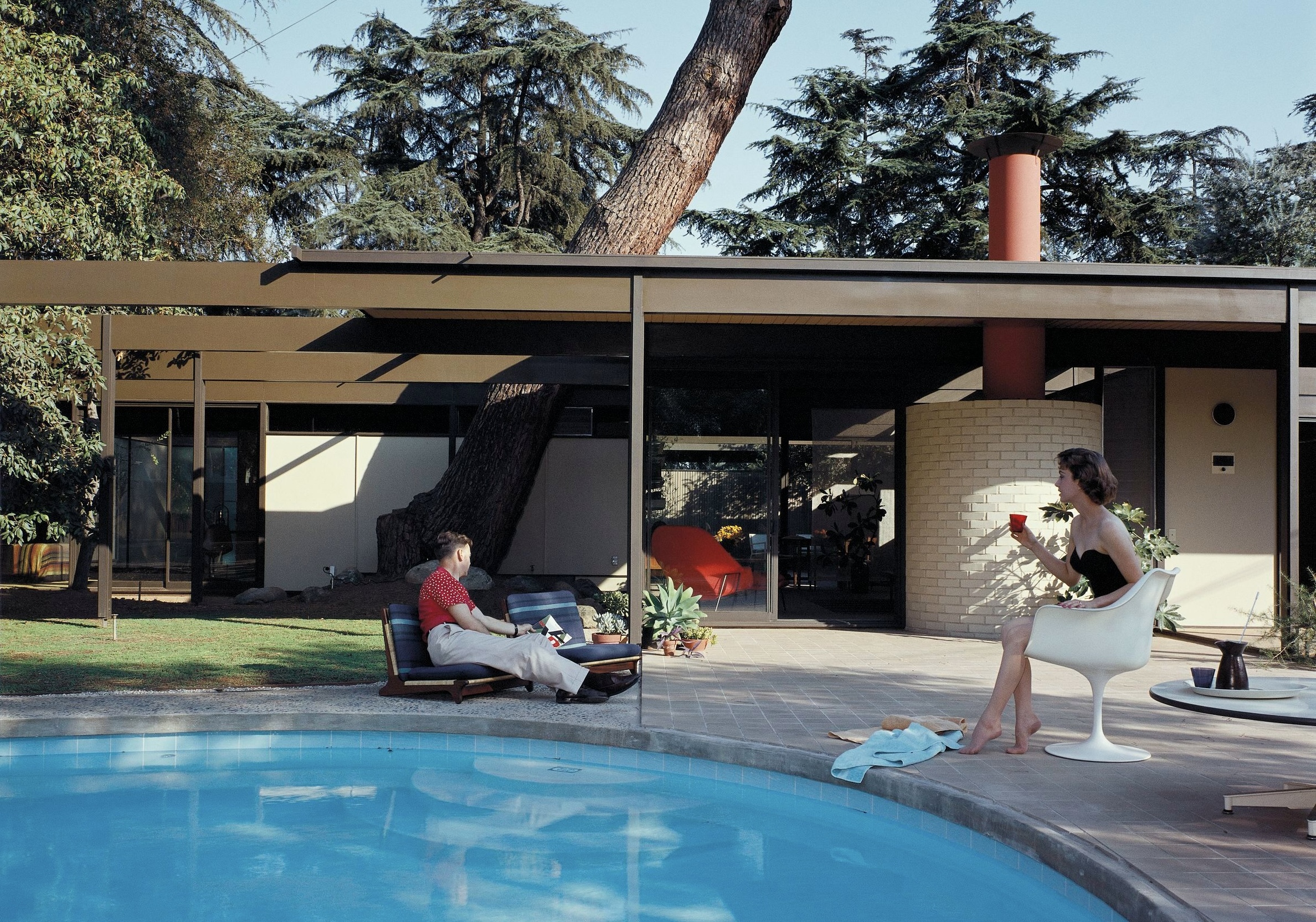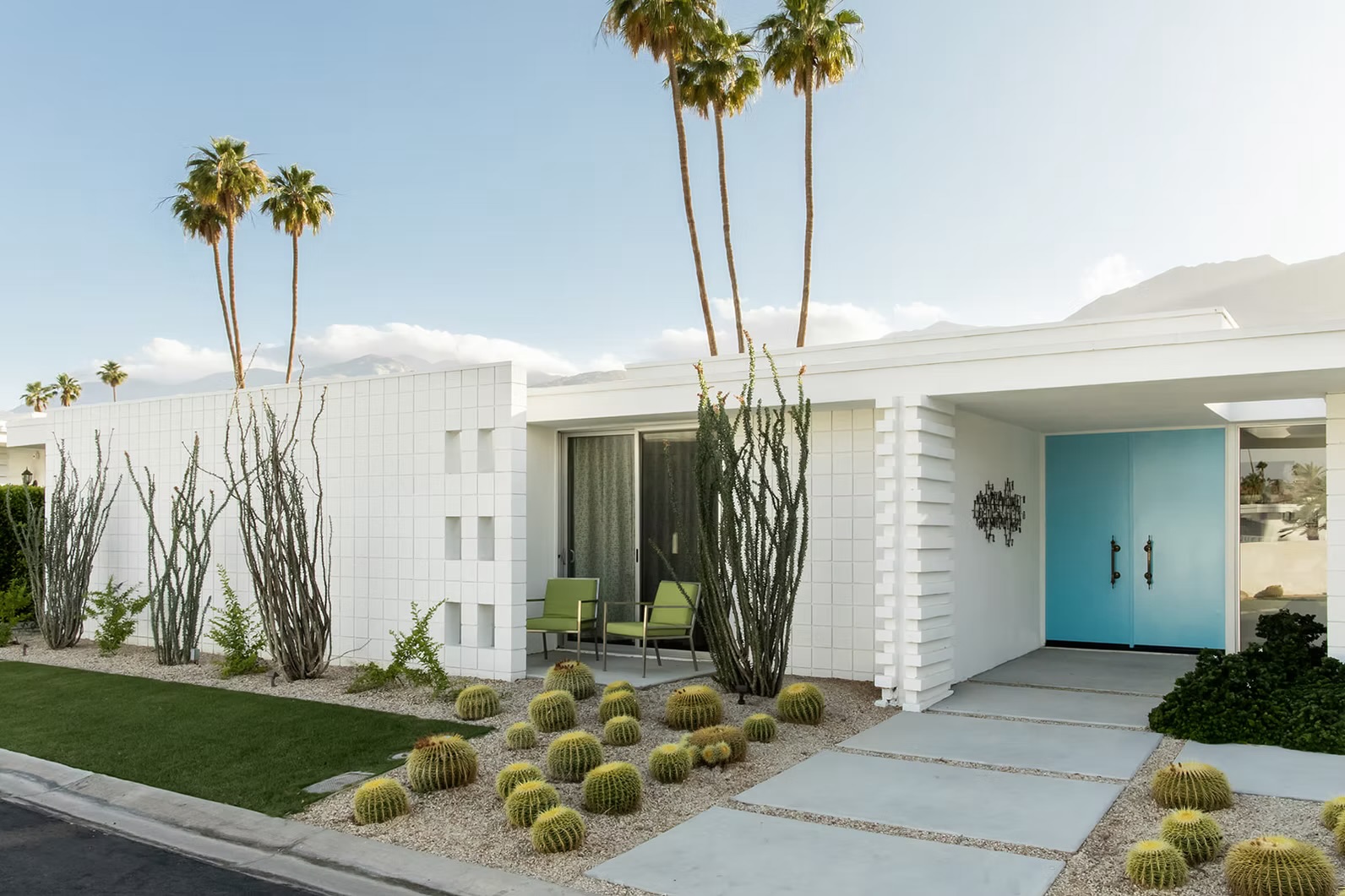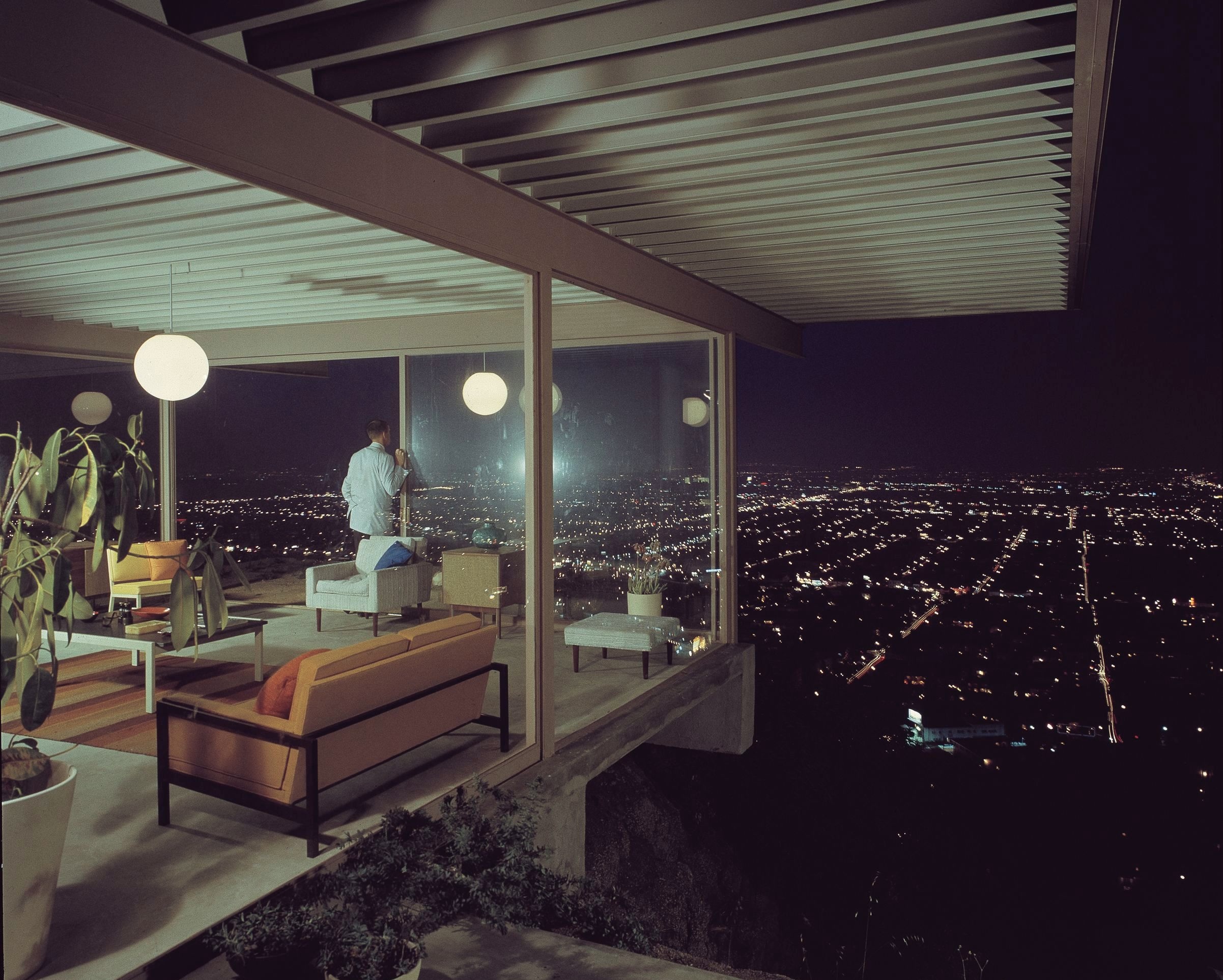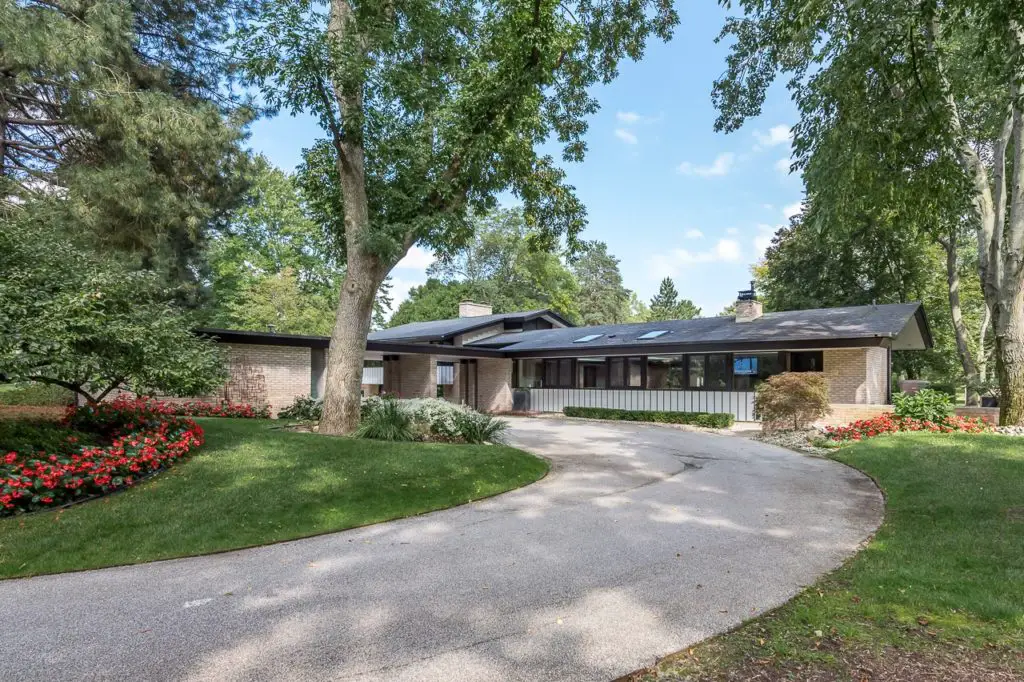
In Midland, Michigan, there’s a special house called the Midcentury McArdle House, designed in 1962 by architect Jackson B. Hallett. This house is a place where the inside and the outside blend together, making it feel like you’re part of the landscape.
Regan Wieland and his wife Tamara have been calling this place home since 2013. Regan, who’s got a background in engineering and a love for architecture, and Tamara, who teaches Pilates, fell in love with this style of house because of its unique design.
Regan’s been a fan of midcentury houses since he was a kid, thanks to his grandfather’s cool house. When they saw the McArdle House, they knew it was the one for them. “We took one look and knew it was for us,” Regan remembers.
He talks about what’s so great about houses from the midcentury. These houses were all about looking good, feeling right, and using natural resources like sunlight. They were built to fit people’s lives, not the other way around. “The pure functionality of built-in storage cabinetry, sofas, buffets, appliances, etc.,” Regan points out, shows how practical these houses are. He believes homes should be made for the people who live in them, not just because they’re easy to build.
The architect, Jackson Hallett, was known for his creative designs in more than 40 homes and buildings around Midland. He thought each building should give people a unique experience, mixing cool design with practical building methods. “An interesting experience must take place,” Hallett used to say, and you can really see that in the McArdle House.
Living in this midcentury house is like living in an art piece, according to the couple. It makes every day feel special, but keeping an old house like this in good shape can be hard. Regan’s favorite part of the house is the entrance and living room. It’s got a big glass wall that shows off the outside, pulling you right into the heart of the house.
When it came to renovate parts of the house, the owners made sure to keep the original midcentury style. They updated the kitchen and bathroom, working with people who knew how to keep that special midcentury look. “We found the prints for the original kitchen,” Regan says, showing how much they care about keeping the house’s true style.
For anyone thinking about buying a midcentury house, they got some advice. Check out how old the house is and what shape it’s in, like the roof and windows. Fixing up these old, unique houses can cost a lot, and it’s not always easy to find people who know how to fix them the right way. He says it’s important to have experts who know midcentury houses check them out before you buy.
